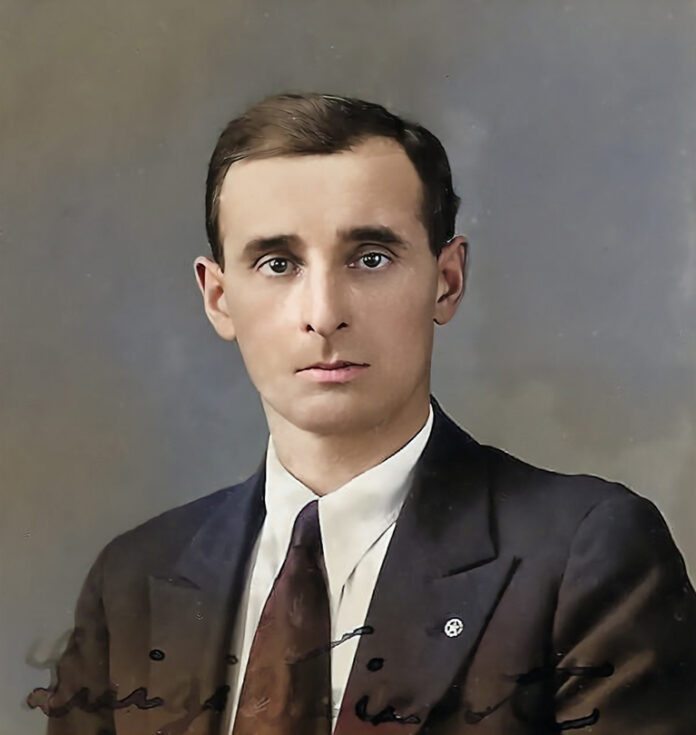Before 1850, Italian emigration to the United States was practically non-existent. During the four previous decades, less than 3,000 Italians journeyed west to America. By 1880, another 75,000 came to the U.S. Yet over the next 50 years, from 1881 until 1930, nearly 4.6 million Italians moved to America, most passing by the Statue of Liberty before processing through Ellis Island.
Luigi Vajente was one of them. Like many fellow immigrants, there were as many ways to spell his name as ways to pronounce it, including Vaienti and Vaiente. Luigi was born in 1897 in Cogollo, Italy, about 40 miles east of Bologna. Vajente arrived in Quebec in 1920 and was processed through Detroit a few days later. His stated destination was Ronald, adjacent to Roslyn, and Washington’s most significant coal-producing region. The Roslyn coal mines fueled the locomotive engines of the Northern Pacific Railroad and were operated by its subsidiary, Northwest Improvement Company. A large proportion of the coal miners were Croatian or Italian. Roslyn’s 26 cemeteries include an estimated 5,000 graves and were generally organized among ethnic groups.
By 1930, Luigi worked as a laborer in the coal and clay works at Taylor, east of Hobart. That same year, he married Madeline Testa, who was eight years younger and also from Italy. On August 15, 1934, Louie, as he was now known, signed his Declaration of Intention to become an American citizen, which he fulfilled in 1937. Witnesses attesting to his Ravensdale residency were Fred Marchetti, a fellow Italian and mine fire boss, and J.P. Boos, a coal miner.
The Vaiente family grew to four, with the birth of a daughter, Dolores in 1931, and son, Peter in 1937. By 1940, Louis, or Gigi as he was also known, was one of over 200 miners and laborers employed by the Dale Coal Company at their Ravensdale mine. The Dale mine commenced operations in 1924 and soon became the second-largest in King County, averaging about 130,000 tons per year. It closed in 1949 and over 100 miners lost their jobs. Last week’s column featured Vaiente, highlighted in a group of 40 miners from a circa 1940 photo.
After the Dale mine shut down in 1949, Louis Vaiente joined Palmer Coking Coal Co. Six years later on January 29, 1955, Louis was working at their Landsburg mine on the graveyard shift from 10 pm to 6 am. Around 4 am, a massive column of mud, clay, and water poured through the counter tunnel, and filled the gangway tunnel below. The enormous force of the flooding morass resulted from saturated, loose earth collapsing to the surface, creating a hole 40 to 50 feet across and 70 to 100 feet deep.
Four coal miners – John Kovash, Nathan Russel, Frank Stebly, and Louie Vaiente were encased in the muddy tomb. Their bodies were impossible to recover, so memorial headstones were placed for each miner a safe distance away. The earthen cavity was later filled by bulldozers. It was the worst coal mining disaster in Washington since April 12, 1930, when 17 perished at Carbonado’s Carbon Mine. It was also the state’s final multiple-fatality coal mine tragedy.
This photograph comes courtesy of Louie’s adopted granddaughter, Lise Cavelia of Ellensburg. Donna Brathovde, a Ravensdale historian, provided genealogical and historical research. Doug ‘Boomer’ Burnham, a Tahoma photography instructor and owner of Boomers Photography in Maple Valley, provided colorization.









